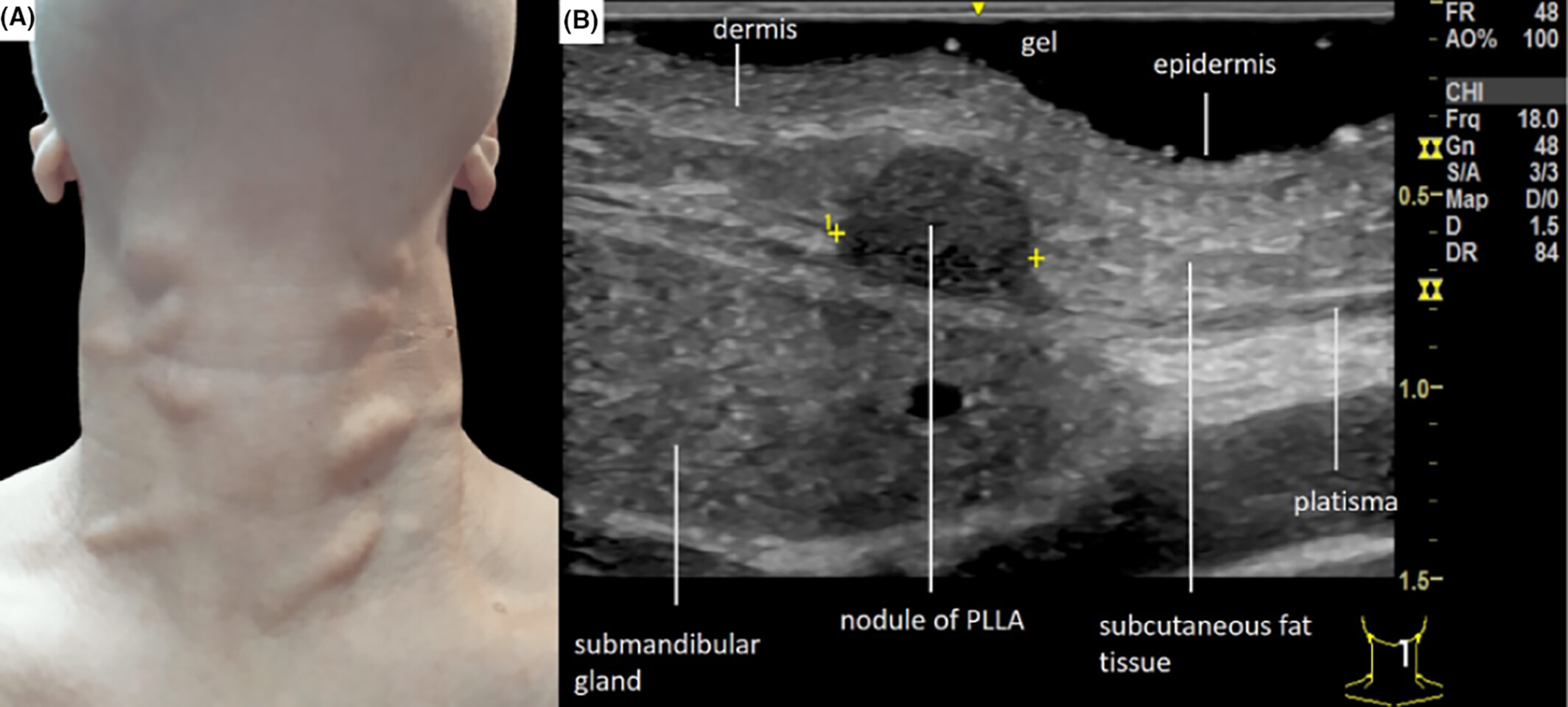Introduction
Biostimulators such as poly-L-lactic acid (PLLA), calcium hydroxylapatite (CaHA), and polycaprolactone (PCL) are often marketed as cutting-edge solutions for facial rejuvenation. These products aim to stimulate the body’s natural collagen production for longer-lasting aesthetic results. However, beneath their promise lies a spectrum of underreported and potentially serious complications. This article aims to provide patients and professionals with a clear understanding of these risks and offer safer, science-backed alternatives.
What Are Biostimulators?
Biostimulators are injectable agents designed to stimulate collagen production rather than directly fill volume. Unlike hyaluronic acid (HA) fillers, which provide immediate results and are reversible, biostimulators work gradually, cause inflammation, and are often irreversible.
Mechanism of Action
These compounds create a controlled inflammatory response that stimulates fibroblast activity and new collagen formation over weeks to months. While this may enhance skin firmness and structure, the same inflammatory cascade can lead to unintended adverse effects.
Complications and Long-Term Risks
1- Delayed-Onset Nodules and Granulomas
– Nodules may form months or even years post-injection.
– Can be firm, palpable, and sometimes painful or visible.
– Management often requires intralesional steroids or surgical excision.
2- Fibrosis and Tissue Stiffness
– Overstimulation of collagen may lead to fibrosis.
– Can result in tissue rigidity, distortion, or uneven texture.
– Impairs natural facial movement and expressions.
3- Migration and Asymmetry
– Improper injection technique or anatomical variability may cause migration.
– Can lead to asymmetrical results or visible lumps.
4- Chronic Inflammatory Reactions
– The body’s immune system may perceive the material as a foreign body.
– Inflammation can flare up with dental procedures, infections, or trauma.
5- Irreversibility
– Unlike HA fillers, biostimulators cannot be dissolved.
– This makes managing complications significantly more difficult.
Clinical Evidence and Expert Opinions
– A 2019 study in *Dermatologic Surgery* reported late-onset nodules in up to 7% of patients treated with PLLA.
– A 2023 European review on CaHA noted fibrosis and long-term asymmetry as leading adverse outcomes.
– Expert consensus increasingly recommends caution, especially in high-mobility facial zones.
My Clinical Position
As a surgeon and aesthetic medicine expert, I prioritize patient safety and reversibility. I have witnessed complications that not only affect appearance but also patient confidence and quality of life. For these reasons, I do not recommend biostimulators in my practice.
Recommended Alternatives
Skin PRP naturally boosts collagen and rejuvenates the skin.
Skin boosters hydrate, improve elasticity, and enhance overall skin glow for a fresh, youthful look.
Face laser treatment targets pigmentation, fine lines, and uneven skin texture
Conclusion
Biostimulators may offer promise, but they come with real risks that are often underappreciated. As aesthetic practitioners, we owe it to our patients to choose treatments that are not only effective but also safe and reversible. Education and transparency are essential in ensuring optimal patient outcomes.
Need More Information?
If you have concerns about a past biostimulator treatment or want to explore safer alternatives, please don’t hesitate to contact our clinic. Your safety and satisfaction are our top priorities.


No comment